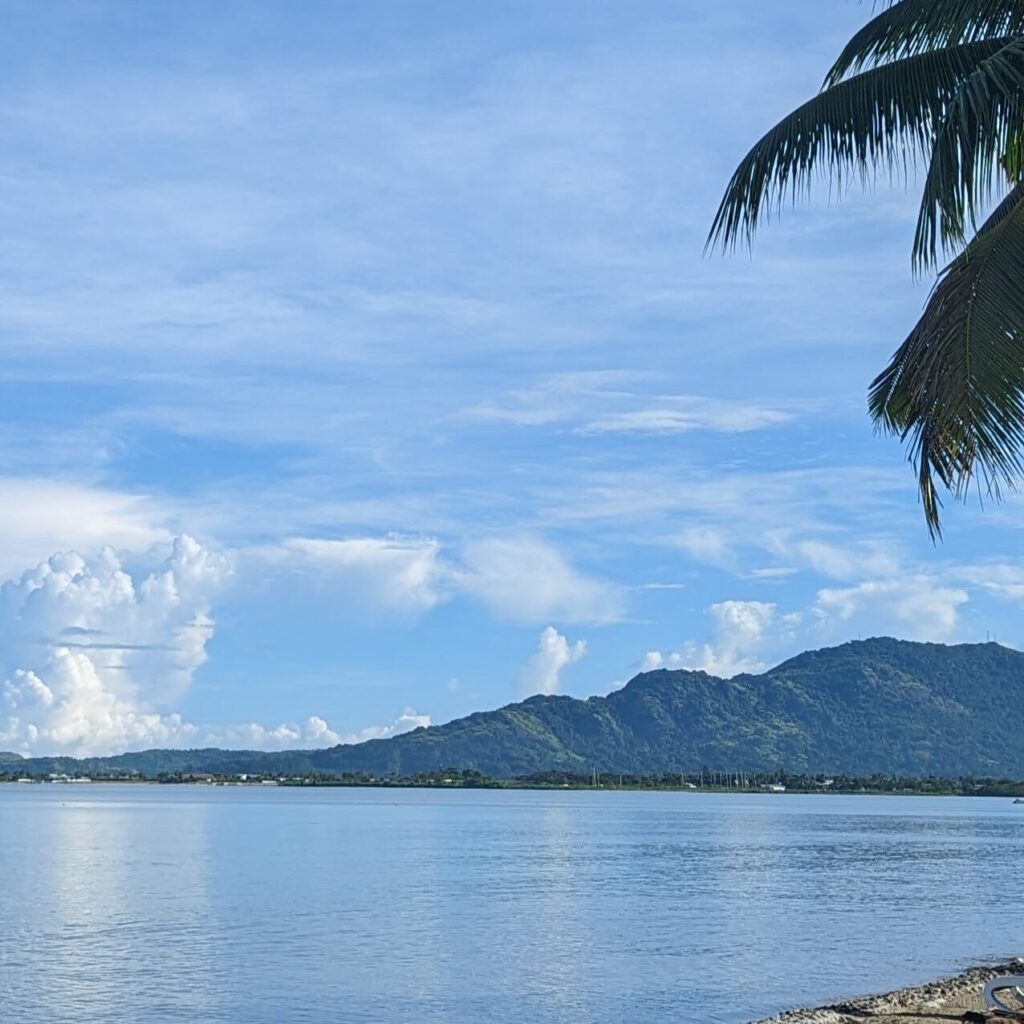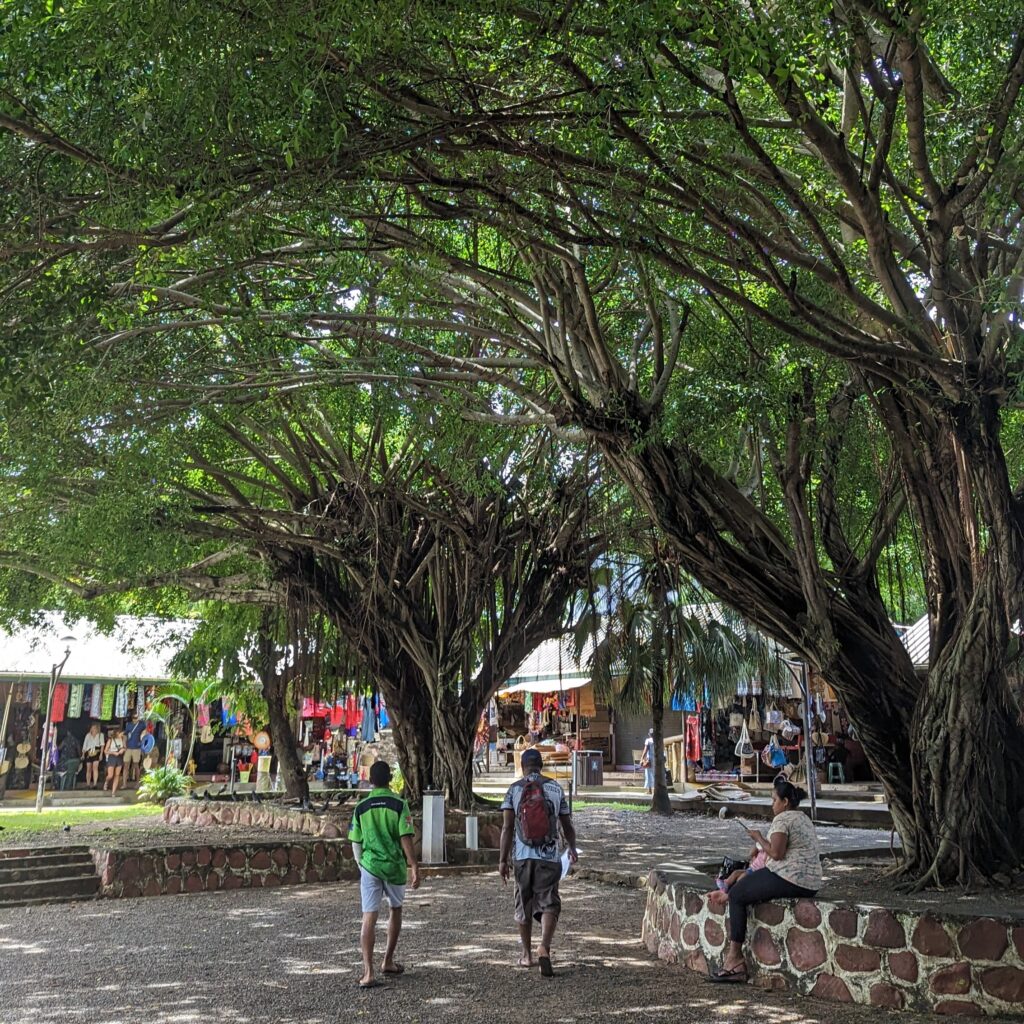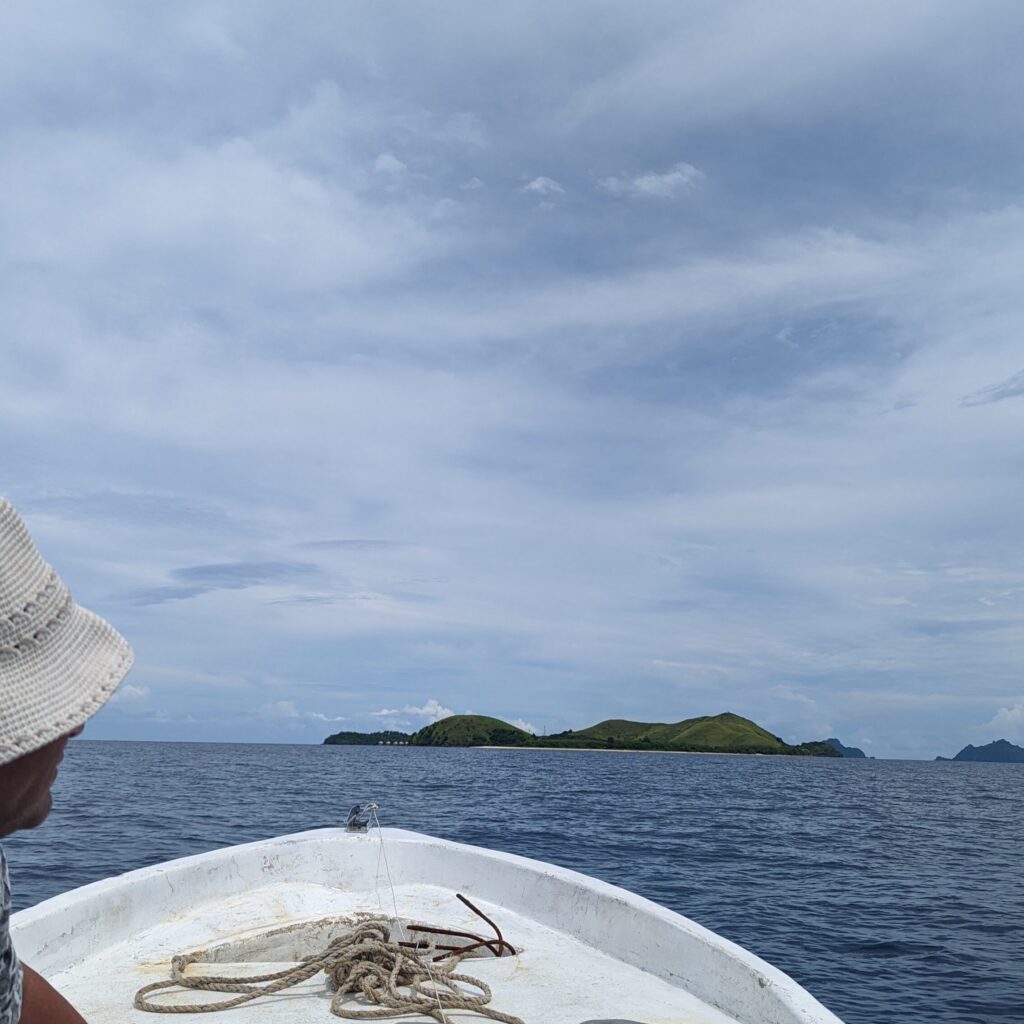In 2022, while I was working at Ayers Rock Resort in Central Australia, a group of Fijians arrived to work as part of a National Employment Centre initiative to offer Fijian workers a higher wage. One of the greatest perks of my time working at ‘Yulara’ was being introduced to these beautiful people and spending countless hours in their company.
They told me of Fiji’s tropical beaches and perfect weather, which, yes, sounds like paradise, but the only convincing I needed to travel to Fiji was to know the people.
How could a place with the kindest, happiest and most loving people I have ever met be bad? Fiji felt like the perfect place to begin my escapade; and so it was.
After a three-and-a-half-hour flight from Sydney I found myself in Nadi airport. Nadi is a small yet chaotic town where the tourism business of souvenirs and tours does its best to wring out all who pass through. I met an elderly man walking down the main road who told me he moved to Fiji from Australia nine years before, but in Nadi he was always treated like a tourist.
While there is not heaps to do in town, it is a beautiful to see. In Fiji you’ll find the bluest skies offering the perfect backdrop for the clouds and mountains.


Even the constantly honking taxis couldn’t take away from how beautiful the landscape was. I decided to skip the Tripadvisor tourist activities to instead seek out some authentic Fijian cuisine. As guided by my fabulous Fijian friend, Taufa, I caught the Lautoka bus from Nadi town centre (which is a fairly simple and much cheaper alternative to taxis for mainland travel) to Martintar Road where I found the very unassuming ‘Sweet Laisa’s Kitchen’.
The menu was in Fijian, and I was the only foreigner, so of course it was going to be good! My panfried fish with lolo (coconut cream), limes, chillies and cassava chips were an absolute highlight.

I would say Nadi is worth seeing, but no more than one or two nights is necessary to fully appreciate what the town has to offer.
The main instalment of my Fiji expedition was to be spent on Mana Island to complete my Open Water Dive Certification.
I genuinely had no idea what to expect from this experience, but I did have a couple circling doubts. It did not help my concerns when I was picked up and brought to what looked like an abandoned house to board a twelve-foot dinghy, but when the boat pulled away from land, I was committed.
The ocean was like glass, and it was a swift hour before we skimmed into the perfectly protected bay of Mana Island.


Immediately I recognised the difference between the Island and mainland. Mana is like its own world that the local Fijians generously share with travellers.
On the tiny island there are a few different accommodation options as well as a small village complete with a school. It was a place that possessed only the bare necessities to function, and was removed of all the touristy bells and whistles.
Like how the power was turned off for three hours a day to cool the generators, a visitor must tune in to the island life. The island doesn’t change to suit the visitor.
The genuine and simple atmosphere of the Island and particularly the hostel where I was staying offered me the not-so-touristy experience I had been looking for.
My first three island days were spent half in the water completing my dive course, and half on the land chatting, eating, sleeping, and reading. Exhausting, I know.
With the assistance of my sensational dive instructor, Tukai, I completed my dive course on the third day which was capped off perfectly with the appearance of two turtles and two sharks on my last dive.
I celebrated myself that evening by trying kava with some of the other backpackers. Kava, Fiji’s national drink is made from the dried and ground roots of the kava plant which are steeped in water. Kava is not alcohol, but a kind of sedative drunk nightly by locals for its relaxation properties.
From my experience, a couple of bowls of kava is surely an insomnia cure.
My Swedish roommate commented that it tastes like white pepper without the heat, in liquid form. To me, this is perfectly accurate, but if you really want to know you simply have to try it yourself.
My week continued much like it began, doing lots of nothing. It was my favourite activity. I kept track of the hours with the meals I received, lovingly prepared by either Brian or Johnny from the kitchen. The breakfast highlights were the traditional steamed lolo buns we had a few mornings which are the most moreish and deliciously sweet dumplings drenched in coconut cream. My post dive hunger was consistently satisfied with burgers, sandwiches or fish and chips for lunch, which also initiated my afternoon siesta before dinner. One of the nights I was able to request my favourite food, grilled fish, and received a delicious Wahoo steak with veggies and rice. Simple, fresh and good food.
Like the wonderful cooks, I was lucky enough to spend my time on the island with some really great people, other travellers as well as staff. After a few days on island time, I was beginning to feel right at home. We drank from coconuts, we played cards, we sang songs, we swam, and we snorkelled and all of it was simply bliss.
A week on Mana was like a week in a bubble. A week without responsibility. A week without stress. A whole week where the static in my brain was muted and I could just be totally present in a place where I truly felt I was meant to be. Those seven days put an end to any doubts or concerns I had had. I think it’s funny how things work out, because somehow, they always do.
“Bula” is a word I will certainly miss the sound of. I leave Fiji with my hair a little blonder, my skin a little sunburnt (sorry mum), and my heart completely full.
It’s a special thing to feel completely at ease within a group of strangers let alone feel right at home after only one week. The generosity and the genuine kindness is unforgettable and I am lucky enough to say that I will always look back on the beginning of my travels with fondness.

